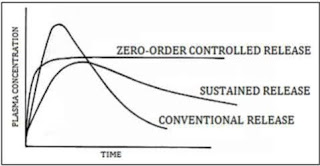Amphoteric Substance
Amphoteric Substance refers to certain chemicals that have the ability to act as both acids and bases.
In other words, according to the Bronsted-Laurie theory, substances that can both give and receive protons (H +) are called amphiprotic.
Amphoteric substances can be oxides, hydroxides, ions, etc.
The role of amphoteric oxides in them is much higher than others.
The ambiguity of oxides depends on the oxidation state of the metal in their composition. (Where did the metal come from?)
The ambiguity of ZnO:
1. As alkaliঃ
i. ZnO + HCl → ZnCl2 + H2O
(Zn-chloride)
ii. ZnO + H2SO4 → ZnSO4 + H2O
(Zn-sulphate)
2. As acid:
i. ZnO + 2NaOH + 2H2O → Na2 [Zn (OH) 4]
(In aquatic condition)
Or, ZnO + 2NaOH → Na2ZnO2 + H2O
(Na-jinket) (in dehydrated state)
ii. ZnO + Ca (OH) 2 → ZnCaO2 + H2O



Comments
Post a Comment
Thanks